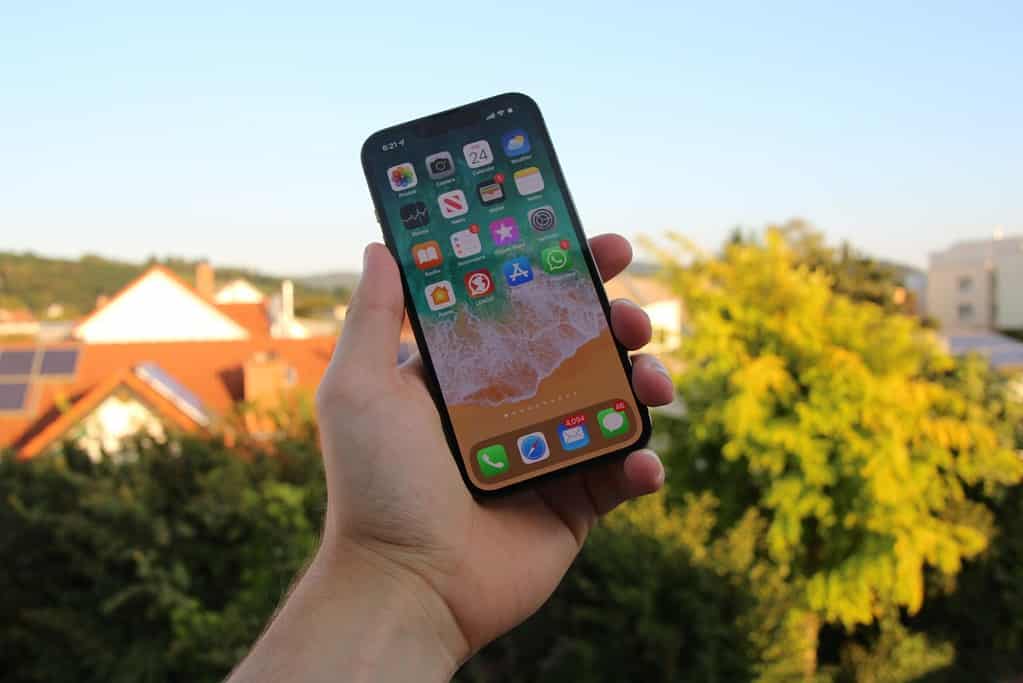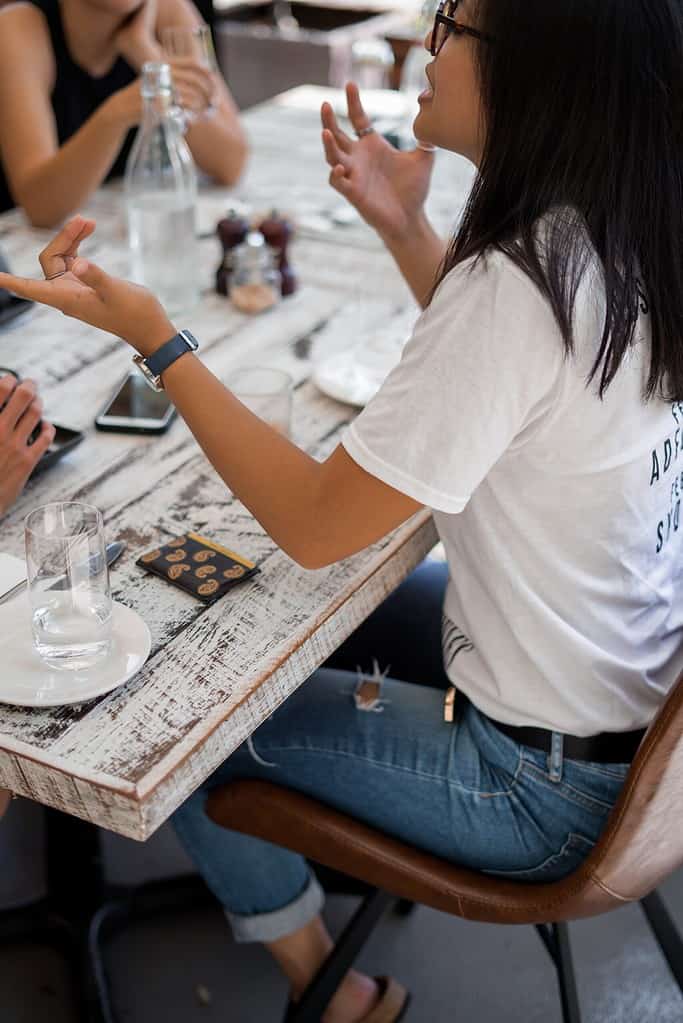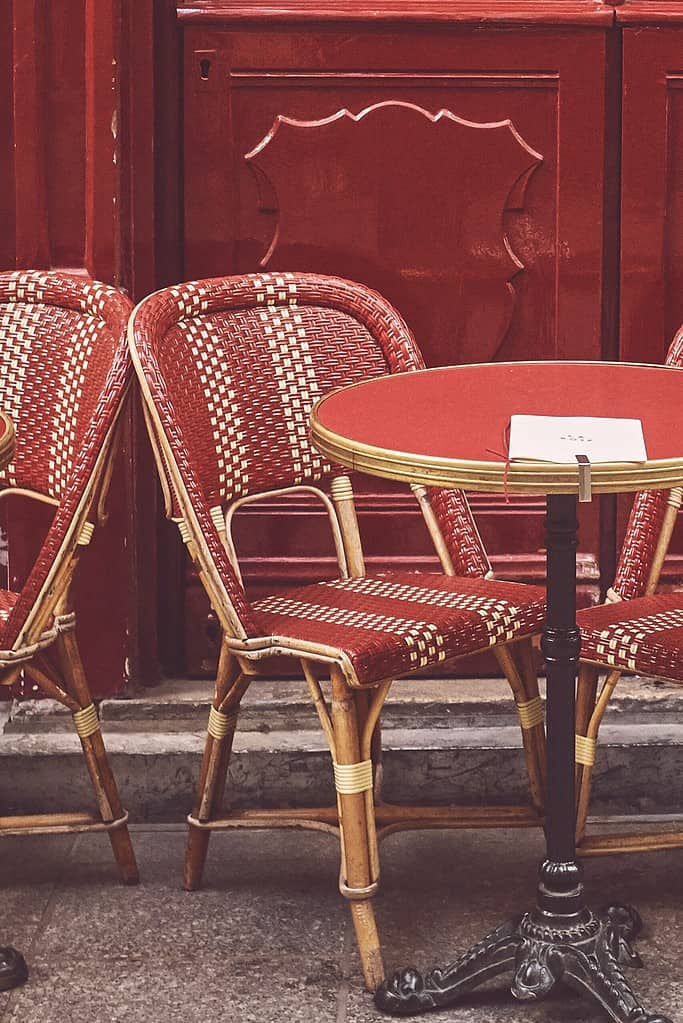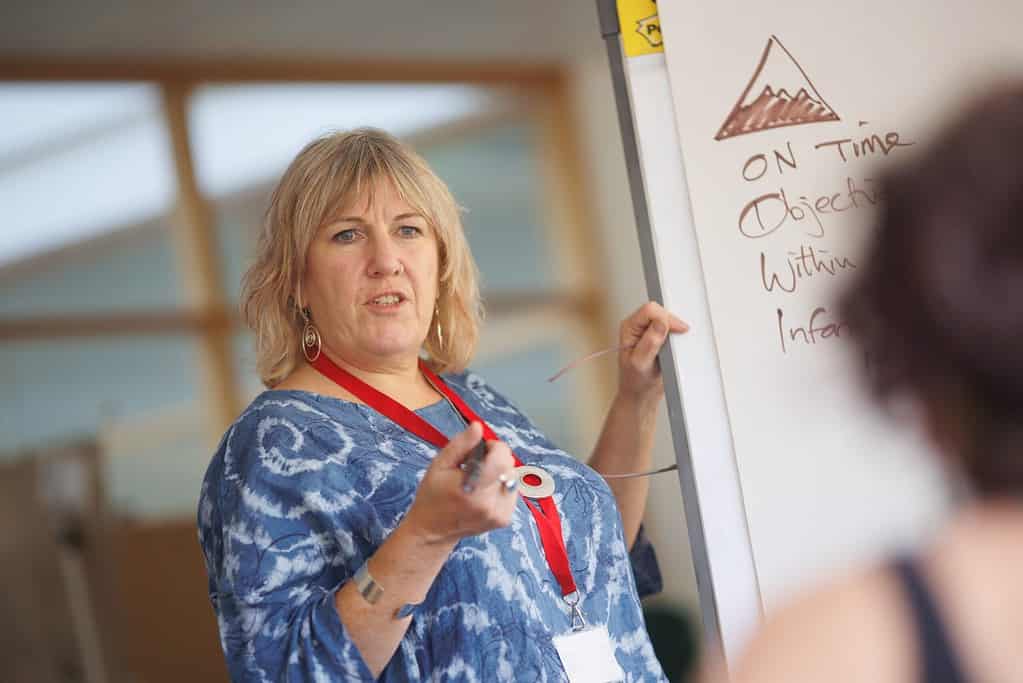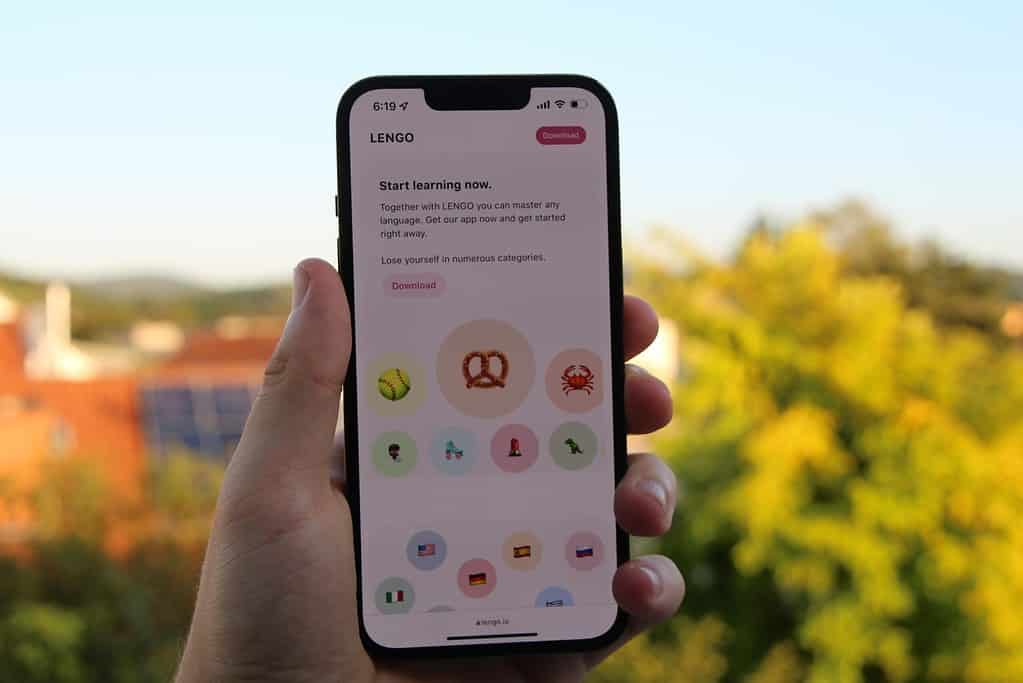Introduction to Non-Verbal Communication in French
French communication extends far beyond words, weaving in a tapestry of non-verbal expressions that can convey emotions, intentions, and subtle cultural nuances. Whether you’re just beginning your language journey or looking to refine your conversational style, tapping into these non-verbal cues can provide an authentic glimpse into French life. By familiarizing yourself with gestures that have evolved over generations, you not only enhance your language skills but gain deeper cultural insights. Platforms like swaplang can connect you with native speakers, offering invaluable real-life practice that goes hand in hand with understanding these silent expressions.
This exploration will guide you through the most common gestures in French communication, their meanings, and the contexts in which they are used. Let’s dive into the world where every tilt of the head or subtle hand movement speaks volumes.
Common Gestures and Their Meanings
Every gesture in French culture carries a weight of history and subtlety. Consider la bise, a customary greeting involving light kisses on the cheeks. The number of kisses varies by region, typically ranging from two to four, symbolizing warmth and familiarity. You can learn more about this gesture and others on the comprehensive guide at Learn French with Sonal.
Another emblematic non-verbal cue is le gallic shrug. A slight shoulder raise paired with a nonchalant expression vividly communicates uncertainty or indifference—a hallmark of the French penchant for calm in the face of life’s complexities.
Subtler gestures, like lightly touching the side of the nose, suggest that something is meant to be kept confidential, while the humble formation of a circle using the thumb and forefinger (the “okay” sign) might be interpreted quite differently in France, sometimes implying “zero” or even “worthless.” These layers of meaning underscore the importance of context in non-verbal communication. Learn more about these nuances at this guide on French hand gestures.
Other gestures, like le pouce en l’air (thumbs up), signal agreement or approval, whereas the rude outward flick from under the chin can non-verbally say “I don’t care” or even signal a dismissal. Even gestures such as counting on your fingers or crossing them to wish for good luck carry conversational significance and are deeply embedded in the French dialogue.
Understanding details like these not only sharpens your non-verbal skills but also illustrates the remarkable interplay between body language and the spoken word in expressing complex ideas.
Cultural Significance of Gestures in France
In France, gestures are not mere add-ons to conversation; they are a vital element of cultural expression. French society values both eloquence and non-verbal communication. A simple shake of the head or a subtle hand wave can carry layers of meaning—often shaped by tradition, regional variations, and even the context of conversation.
For many French, these gestures reflect the nation’s broader cultural values—sophistication, casual nonchalance, and a deep-seated appreciation for nuance. For instance, the understated elegance of la bise demonstrates a balance between formality and warmth, while the relaxed shrug epitomizes the French ideal of calmly accepting life’s uncertainties.
This cultural dance of gestures enriches interactions and helps build connections. When you recognize and correctly use these cues, your conversations move beyond simple language mechanics and evolve into genuine cultural exchanges. Being aware of these non-verbal signals equips you with a key tool for blending into French social settings, whether you’re in a casual café chat or a formal business meeting.
How to Incorporate Gestures in Your French Conversations
The next step is putting theory into practice, and there are plenty of ways to integrate gestures into your French conversations naturally. Start by observing native speakers in varied contexts; pay attention to how they complement their words with subtle movements. During language exchanges on platforms like swaplang, you can actively ask your conversation partner to explain the context behind certain gestures.
Practice makes perfect. Try incorporating gestures gradually in your practice sessions. For instance, when greeting a French speaker, simulate la bise in a relaxed manner. When discussing a point with a friend, a gentle hand gesture to indicate counting can help emphasize your message. Explore lessons on conversational French from resources like this article on mastering casual French conversations to understand how non-verbal cues complement everyday dialogue.
Moreover, real-world practice, as detailed in the post beyond the classroom, real-life scenarios to practice French, reinforces your understanding of both verbal and non-verbal communication. Incorporate gestures naturally, listen actively, and soon you will find that your interactions are more fluid and engaging, giving you an edge in authentic conversation.
Conclusion: Enhancing Communication Through Gestures
In summary, mastering French conversation goes far beyond memorizing vocabulary and grammar—it involves internalizing a whole spectrum of non-verbal cues. Whether it’s the warmth of la bise, the casual indifference of a shoulder shrug, or the discreet nuance of touching the nose, every gesture enriches your communication and deepens your cultural understanding.
By embracing these non-verbal elements, you pave the way for more genuine interactions and a deeper connection with French speakers. Ready to elevate your language learning? Consider signing up on swaplang for personalized, one-to-one exchanges that blend language skills with cultural immersion. With each conversation, you’ll not only improve your French but also find yourself more attuned to the subtle art of French gestures.



